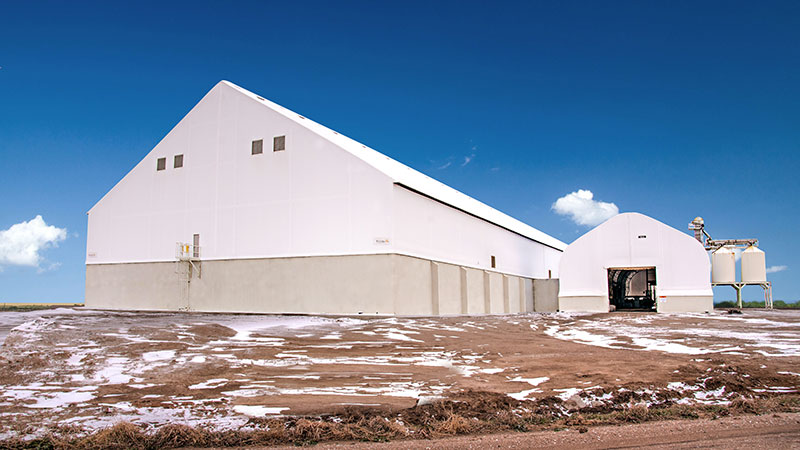Phosphorus and Potassium Management for 2020
Very variable weather this season will result in variable corn and soybean yield within and between fields, writes Antonio Mallarino, Professor of Soil Fertility and Nutrient Management and Extension Speciality, Iowa State University. Entire fields or portions of fields were planted later than usual or were not planted. This will result in variable removal of phosphorus (P) and potassium (K) with harvest. Reduced yields combined with continued low market values create uncertainty about P and K fertilization decisions for the 2020 season.
1. Management in fields with crops planted in 2019 and with grain or corn silage harvest
Soil testing and amounts of P and K removed with harvest are useful to decide P and K fertilization, especially with variable yields and low crop prices. Field research results from hundreds of trials were used to develop guidelines for P and K soil-test interpretations and fertilization rates. Soil testing is not a perfect diagnostic tool, but research has shown that crop yield increases from P and K fertilization are large and likely with test results in the Very Low and Low interpretation categories, small and less likely in the Optimum category, and very unlikely in the High and Very High categories.
The suggested fertilizer rates for low-testing categories are based on yield response data, will result in maximum yield in most conditions and yield potentials, and will increase soil-test levels gradually depending on soil properties and actual yield levels. In soils testing Optimum, suggested application rates are based on nutrient removal with harvest (grain, silage, residue, hay, or pasture).
Continue reading at Iowa State University Extension and Outreach.





